The Advantage Of 3D Printing Carbon Fiber
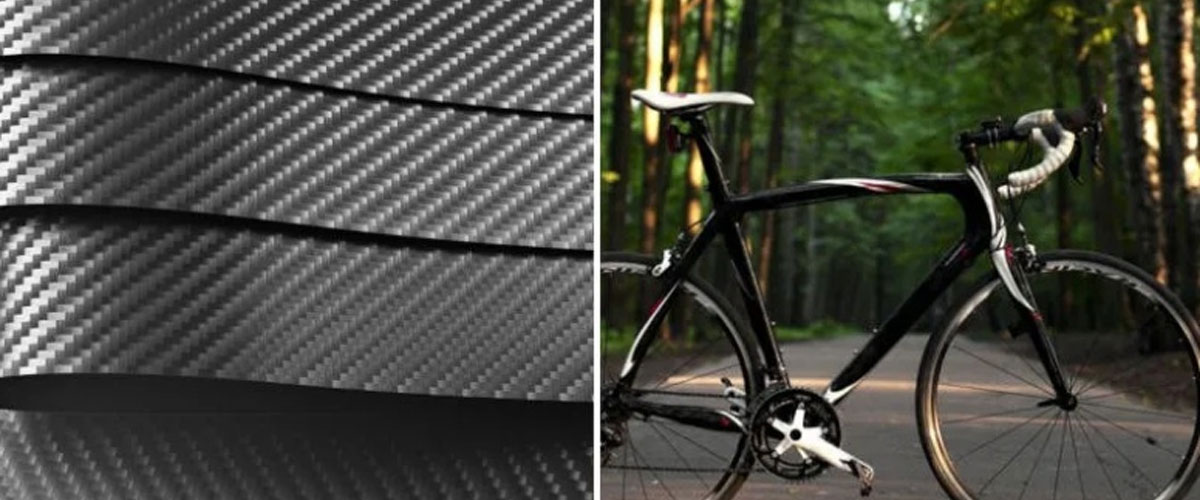
3D printing of composite materials is a popular trend, an innovative technology in additive manufacturing: because of the addition of fibre components to plastics, the strength, stiffness and durability parameters of the print can be enhanced. Here’s how to quickly fuse fibres to plastics: filling with short-cut fibres or reinforcing with continuous fibre bundles. Of these, we are particularly interested in continuous fibre reinforcements, as the properties of short-cut fibres are limited in some respects and do not significantly increase the strength of the printed part in the same way as continuous fibres.
3D Printing Carbon Fiber
Along with Kevlar and glass fibres, carbon fibres are one of the most common reinforcing fibres used in composite materials. Known for its high specific strength, high specific modulus and low density, carbon fibre is therefore considered to have the potential to replace heavier steel parts.
The use of carbon fibre has led to extremely significant lightweighting effects, and it is predicted that in the future carbon fibre will lead to a 50% weight reduction and a 35% increase in fuel efficiency – saving drivers an average of $5,000 over the lifetime of each vehicle.
Carbon fibres consist of carbon atoms arranged in the direction of an elongated crystal structure with a diameter of 5-10 microns. These fibres can be used either individually or in bundles of thousands of carbon fibre monofilaments. In modern manufacturing, carbon fibres are often used in combination with other materials to form composites. When combined with a thermoplastic or thermosetting resin matrix, carbon fibre bundles can take many forms for engineering applications.
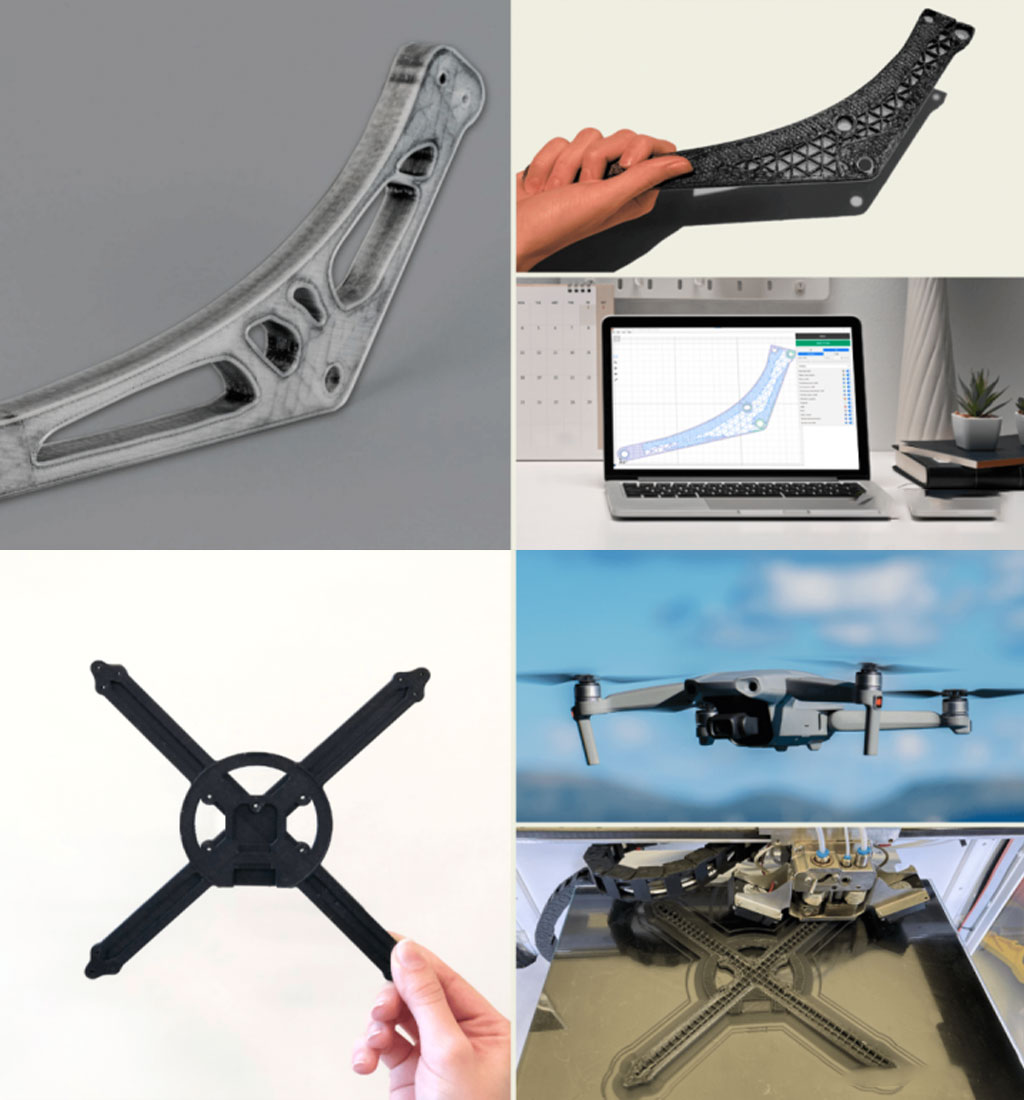
The most common applications are to wrap them around a mandrel to form a tube, to draw-mould them for extrusion, or to weave them into ribbons and fabrics. These combinations of carbon fibres can produce ultra-high strength, customised geometries that are used in a wide range of aerospace, automotive, military and other industries. The combination of carbon fibres provides enhanced mechanical properties as well as heat and chemical resistance, making them ideal for advanced manufacturing. Carbon fibres have high rigidity and tensile strength, while their relative density is much lower than that of steel and aluminium. The extremely high strength-to-weight ratio of carbon fibre has led to its widespread use in the aerospace and automotive industries.
Carbon Fibres In 3D Printing : As 3D printing technology has matured, manufacturers have been working to incorporate carbon fibres to improve the strength and durability of parts. The two most common implementations are short fibre filled wire and continuous fibres.
3D Printing Carbon Fiber – Carbon Fiber 3D Printing Specialist
Carbon fibre 3D printing materials are very strong, yet very light and as such have been increasingly used to create high quality prototypes. During the 3D printing process, carbon fibre usually needs to be injected into standard PLA or ABS resin, but sometimes PET, nylon and polycarbonate PC are also used as reinforcing substrates.Manufacturer of 3D printing carbon fiber .Printers carry a build envelope from 90 x 56 x 180mm to 450 x 371 x 399 mm. Models are available for applications such as desktop rapid prototyping to high-volume production of large end-use parts. 3D printers cna use materials such as plastics, rubbers, polyurethanes, and foams. Serves the automotive, aerospace, consumer, defense, dental, education, healthcare, industrial, jewelry, machine design, manufacturing, and biofabrication industries.
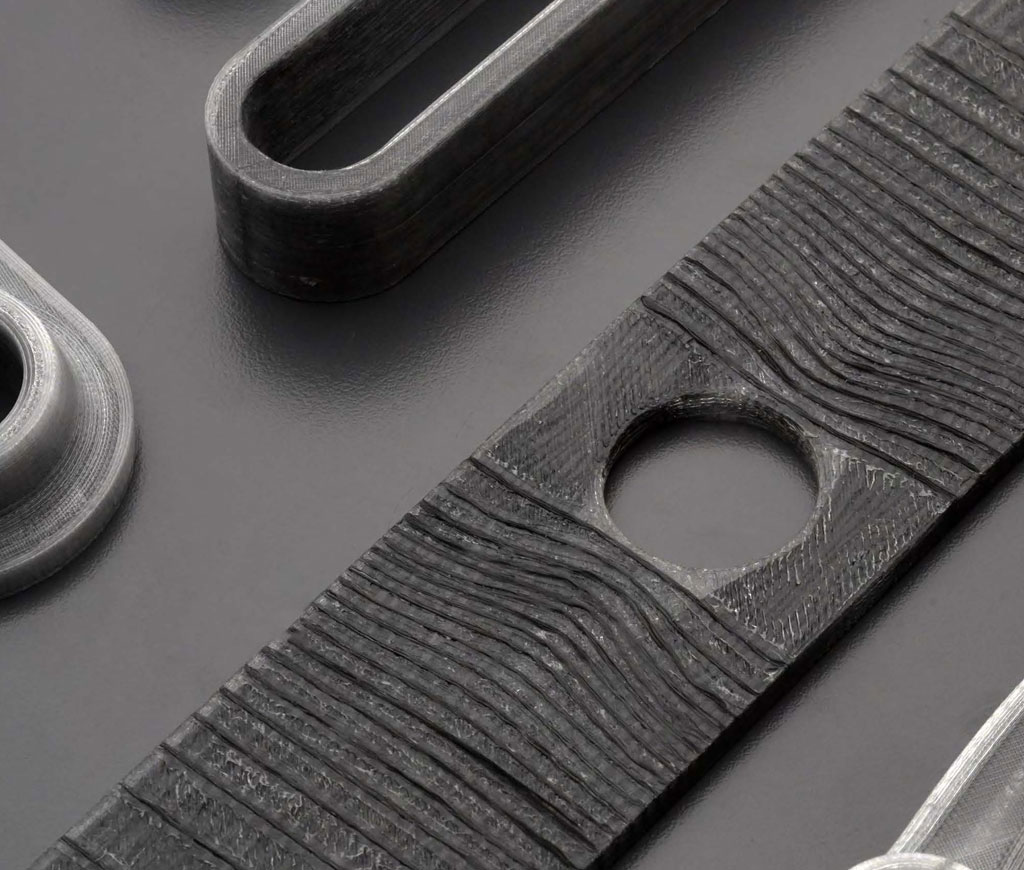
Composite Fibre 3D Printing
A composite material is a material consisting of two or more components with different properties and boundaries. When we talk about continuous fibre 3D printing, we are referring specifically to fibre bundles impregnated and wrapped with plastic. Typically, composites consist of a combination of a base polymer (called a matrix) and reinforcing fibres (carbon, basalt, glass, etc.) that produce the desired properties. Whether filled with short-cut fibres or reinforced with continuous fibres, stiffness and strength parameters can be improved compared to pure plastics. However, the advantage of 3D printing with composite fibres is that stiffness and strength are several times higher than with non-reinforced plastics. In contrast, short-cut fibre fillings can only be increased by up to twice as much. In life, we often see composite materials in use, the pictures below show wood mixed with glue for panels and steel mixed with glue for building materials.
Traditional manufacturing of composite products is costly, time consuming and labour intensive. Unlike the traditional manual placement of moulds within moulds or manual lay-up, 3D printing of composites creates the opportunity for greater automation. Once the parameters have been set and the established model has been sliced, the printing device can automatically complete the job on a preset trajectory, without the need for manual
Why Choose Our Carbon Fiber 3D Printing Service?
- Save time and money for your Carbon Fiber project but quality guaranteed.
- High productivity, outstanding efficiency and high accuracy
- A wide range of material grades and alloy materials can be 3d printing
- Custom complex Carbon Fiber 3d printing parts and components at specific tolerances
- High speed 3d printing for prototyping and low to high volume production runs
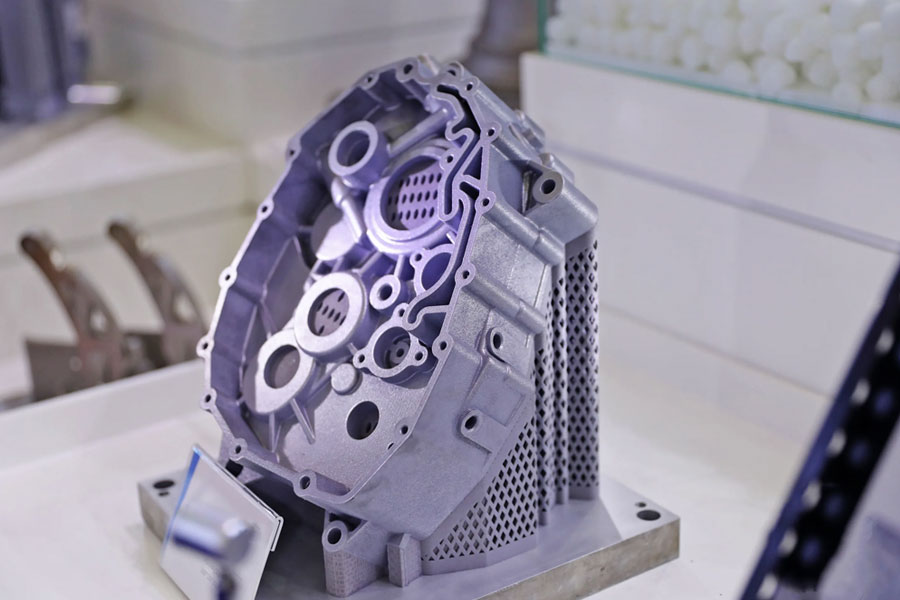
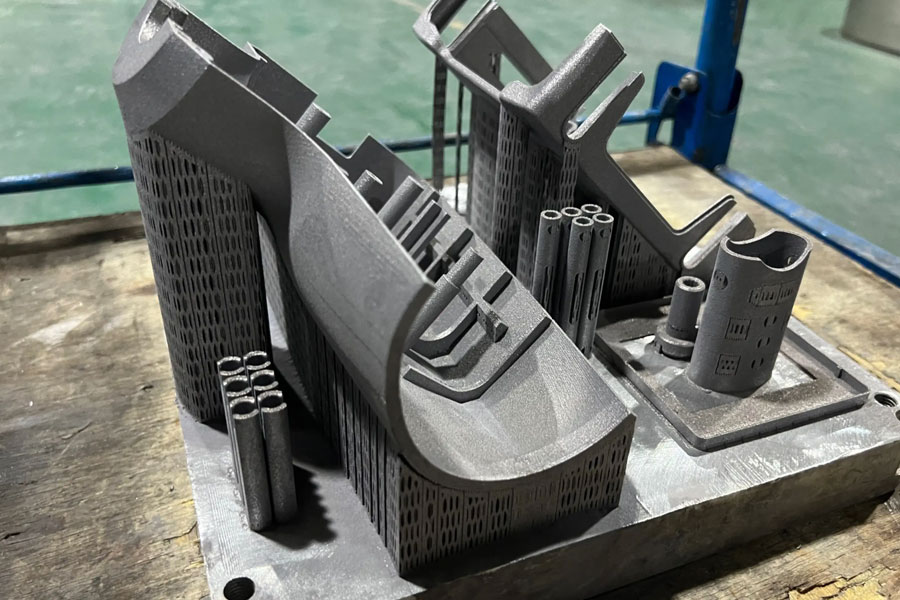
Certifications & Quality 3D Printing
- ISO 9001:2015 certified
- Fully compliant with the exacting requirements of our customers
- Compliance in DFARS materials sourcing requirements
- Strict compliance with PPAP and Process
- FMEA for Carbon Fiber customers
- Skilled in KanBan and CMM Inspection and inventory management systems
- ITAF 16949 certified
Top China Carbon Fiber 3D Printing Parts & Case Studies
With the continuous maturity and development of 3D Printing technology, more and more car manufacturers have introduced this technology for prototype testing, design proofing, parts customization and other applications. By exploring our success stories, you can learn about: the development of 3D Printing in the Carbon Fiber industry, the application of 3D Printing in automotive molds, how 3D Printing changes the Carbon Fiber manufacturing supply chain, and more.
The 3D Printing Properties Of Carbon Fibres
Most carbon fibre 3D printing is done layer by layer using FDM 3D printers or similar technology to meet industrial and producer needs, but some SLS 3D printers can print carbon fibre reinforced nylon powder.
To fit into standard 0.4mm or larger nozzles, carbon fibres need to be cut into short-cut carbon fibres rather than using continuous carbon fibres, which are commonly used in other industries. Even so, they are more likely to clog nozzles than other standard materials.
Carbon fibre is not only strong and lightweight, but also highly heat resistant and dimensionally stable. Based on the excellent properties of the series, it does not shrink when cold at the end of 3D printing, resulting in accurate, crisp finished prints.
As mentioned above, carbon fibre can damage standard brass nozzles because it is harder than brass. For carbon fibre 3D printing, therefore, a hardened steel nozzle, or even a ruby nozzle, is required.
Hardened steel nozzles tend to be less thermally conductive than brass nozzles and therefore require higher 3D printing temperatures to achieve the same results. If PLA is normally printed at 190°C, carbon fibres will need to be mixed at 220-230°C. However, this depends on the fibres used and the type of equipment.
What Are Short Fibre Filled Wires?
Short fibre fillers (such as glass and carbon fibres) have been used in the injection moulding industry for decades to improve the properties of thermoplastic materials. To make these filled wires, manufacturers mix polymer feedstock with the filler material to make pellets. These pellets are fed into an extrusion line where they are further mixed, joined and stretched into wire. The wire is then wound onto a spool and put to use. The most common application of this process in the 3D printing industry is the use of short carbon fibre filled wire with nylon or ABS plastic as the base material. It is important to note that not all fillers are fibres used to enhance mechanical properties; in fact, some are used to improve flow, aesthetics or even to reduce costs.
Short carbon fibre-filled wires usually consist of a homogeneous distribution of carbon fibres, which account for only 5% to 35% of the weight. These are short fibres milled or cut from fibre bundles with dimensions of 5-10 microns in diameter and 50-250 microns in length. During the production of the wire and the printing process, the fluidity of the material extrusion process allows the fibre fill to be oriented in the same direction as the print. This means that to increase the tensile and bending strength, it is best to print in the same direction as the housing of the part.
The Main Advantages Of Short Fibre Filled Wires
- Slight increase in strength/stiffness, which directly results in a stronger and more rigid part
- Improved thermal stability The low coefficient of thermal expansion of carbon fibre helps to reduce warpage during printing. In addition, this helps to prevent warping of printed parts in high temperature environments.
- Higher accuracy of printed parts Mechanical and thermal stability are both improved, meaning that parts filled with carbon fibre are more dimensionally accurate than unfilled parts.
The Challenges For Short Fibre-Filled Wires.
Short carbon fibres have obvious advantages, including their volume ratio. This raises the question of why all commercially available 3D printed wires are not filled with as much carbon fibre as possible. The reason for this is that carbon fibre presents a number of challenges to both the material production process and the printing process, including: adverse effects on wire uniformity: when the amount of rigid filled material exceeds a certain threshold, this can lead to poor surface finish or even quality defects during the printing process, and the abrasive nature of fibre-filled wire, which can lead to rapid wear of the extrusion components of printers designed for normal unfilled FFF wire. This can lead to rapid wear of the extrusion components of printers designed for normal unfilled FFF wire. This can be prevented by more intensive parts and routine maintenance, but it increases the cost of the machine. The high fibre content also hinders material flow and increases the risk of nozzle clogging, making it necessary to maintain the machine before it can be used.
Many wire manufacturers turn a blind eye to these disadvantages and add as many short carbon fibres as possible to the filled wire. The resulting parts gain strength at the expense of surface finish and machine stability.
Markforged’s Carbon Fiber Reinforcement (CFR) allows us to avoid these problems in the design of filled wire Onyx. While most filler wire manufacturers optimise the strength of their materials at the expense of printability, we were able to optimise the dimensional accuracy, surface smoothness and printer reliability of the printed Onyx. This is due to the strength and stiffness of the continuous fibres used in CFR, which we were able to achieve without sacrificing the strength of the final part, as described below. In this way, we have improved the accuracy, overall rigidity and strength of the printed part, achieving a more aesthetically pleasing surface and an overall more reliable print result.
What Is Continuous Fibre?
Continuous carbon fibres are long bundles of carbon fibres with a thermoplastic coating. These fibre bundles are then laid into the thermoplastic FFF part using the CFR process. In this process, the thermoplastic coating is thermally fused to the part by extruding the material through a heated nozzle. Within each layer of the 3D printed part, the fibres can be placed in various 2D orientations. Parts reinforced with continuous carbon fibres will have increased strength comparable to parts made using traditional composite lay-ups. In filled wire, the discontinuous nature of the short fibres results in pressure transfer through the matrix material, and the corresponding increase in mechanical strength is not significant.
In CFR parts, the tensile and bending loads are applied to the long fibre bundles and the load on the base polymer is minimised, resulting in a substantial increase in mechanical properties. Parts can be reinforced in a number of different ways to optimise them for different loading conditions. Continuous fibre reinforcement technology includes not only carbon fibres but also materials such as continuous glass fibres, Kevlar® and high strength high temperature Fiberglass.


